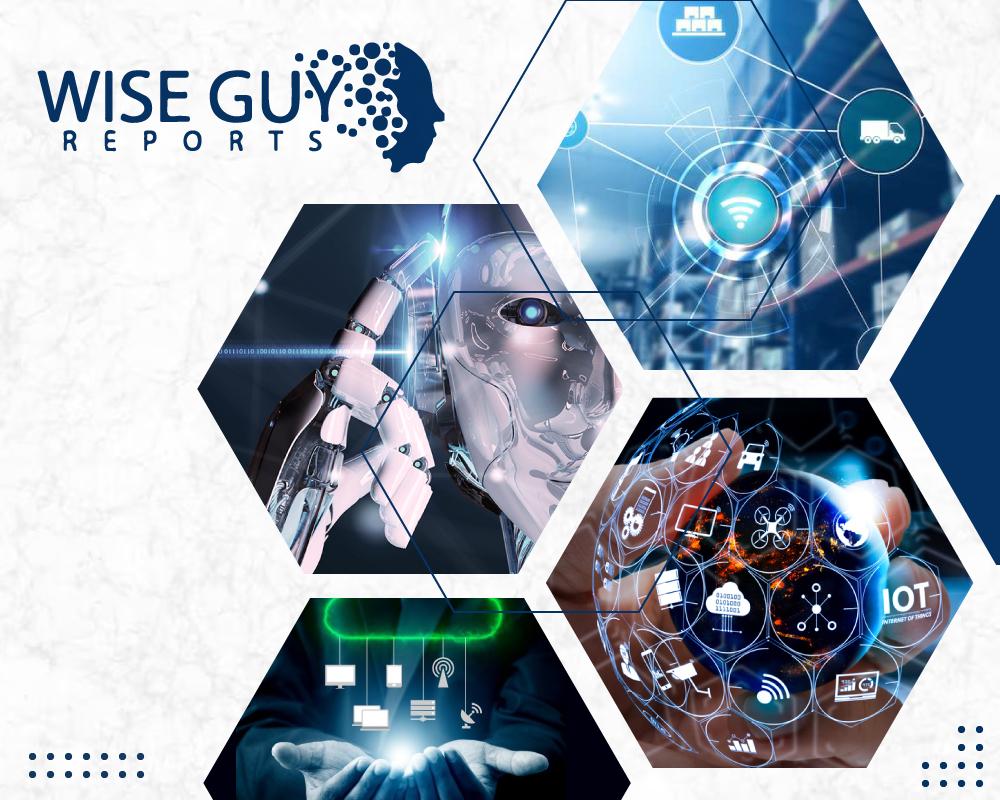Exploring the Key Trends Shaping IoT 5G Security Solutions

The evolution of cybersecurity is relentless, and several powerful IoT 5G Security Market Trends are currently defining the direction of the industry. One of the most prominent trends is the convergence of IT and Operational Technology (OT) security. As industrial environments become increasingly connected through IIoT, the traditional air gap separating factory floor networks from corporate IT networks is disappearing. This convergence requires a unified security approach that can protect both data and physical processes. As a result, there is a growing demand for security platforms that offer visibility and control across both IT and OT environments, capable of understanding industrial protocols and defending against threats that could cause physical disruption. This holistic approach is becoming a key differentiator for security vendors.
Another major trend is the shift towards cloud-native security and the adoption of the Secure Access Service Edge (SASE) framework. With many IoT applications relying on cloud platforms for data processing and management, security is moving away from the traditional on-premises, perimeter-based model. Cloud-native security solutions are designed to be more agile, scalable, and better suited for protecting distributed devices and cloud workloads. The SASE model further extends this by converging network and security functions into a single, cloud-delivered service. This simplifies management and provides consistent security policies for all devices and users, regardless of their location, which is ideal for the highly distributed nature of modern IoT deployments and a key trend shaping enterprise security strategies.
A third defining trend is the increasing focus on device identity and lifecycle management. In an environment with billions of connected devices, establishing and managing trusted identities is a foundational security requirement. The trend is moving towards implementing a hardware-based root of trust in every device from the moment of manufacture. This allows for secure onboarding, where devices can be authenticated and provisioned onto the network automatically and securely. Furthermore, there is a growing emphasis on complete lifecycle management, ensuring that devices receive timely security updates and can be securely decommissioned at the end of their life. Solutions that automate and simplify these processes at scale are in high demand, as manual management is simply not feasible.
Finally, a crucial underlying trend is the practical application of automation and artificial intelligence to augment security operations. The scale and speed of attacks in a 5G environment overwhelm human capabilities, making automation essential. Security Orchestration, Automation, and Response (SOAR) platforms are becoming a standard tool, allowing security teams to automate routine tasks and create predefined playbooks for responding to common types of incidents. AI and machine learning are being integrated into every level of security, from detecting subtle anomalies in device behavior to predicting potential future attacks based on global threat intelligence. This trend towards an AI-driven, autonomous Security Operations Center (SOC) is critical for enabling organizations to defend themselves effectively against the fast-evolving threats in the IoT and 5G landscape.
- Art
- Causes
- Crafts
- Dance
- Drinks
- Film
- Fitness
- Food
- الألعاب
- Gardening
- Health
- الرئيسية
- Literature
- Music
- Networking
- أخرى
- Party
- Religion
- Shopping
- Sports
- Theater
- Wellness
